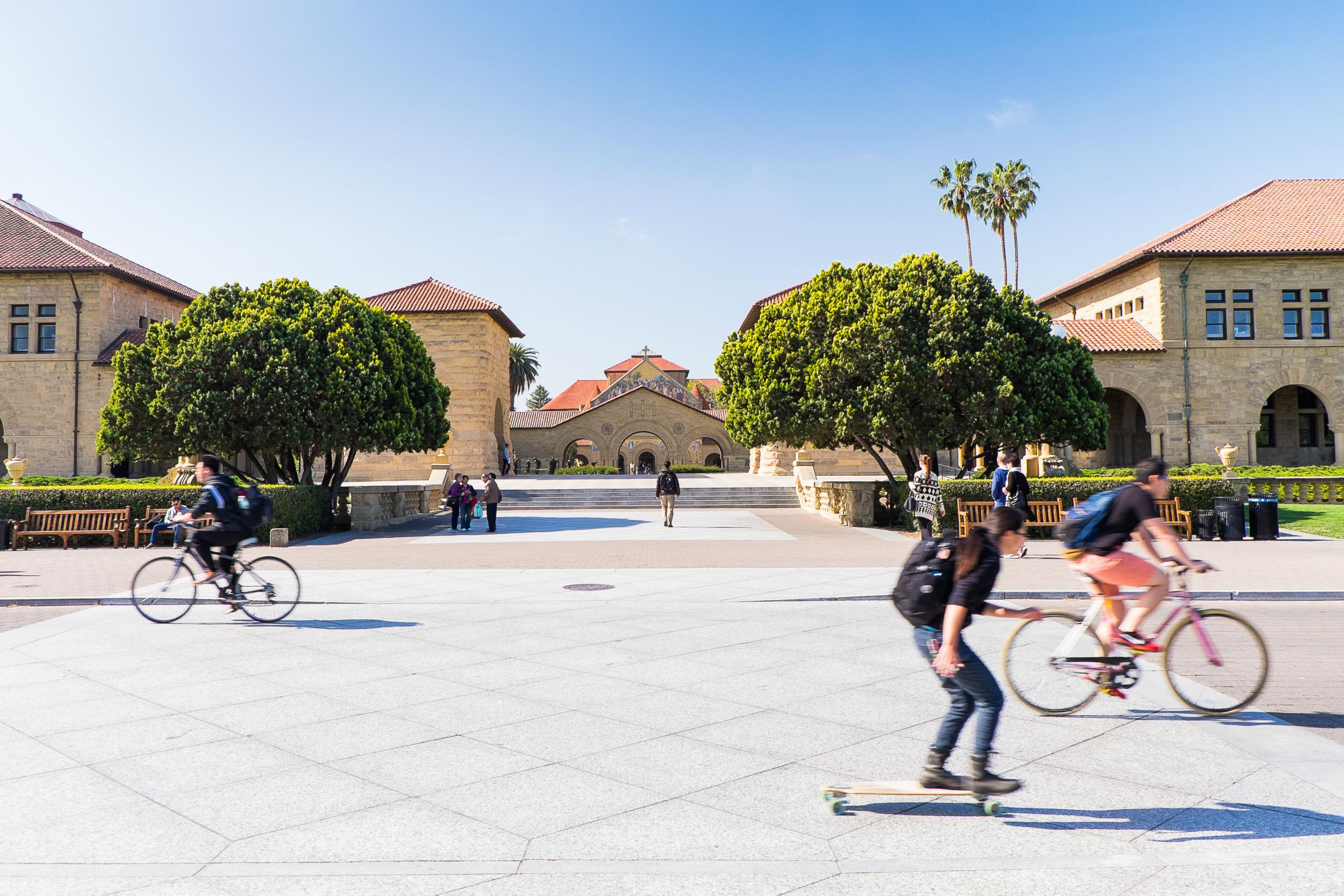90% of Stanford students want new sexual assault survey, university says no
The survey claimed just 1.9 per cent of students have been sexually assaulted, yet the definition of assault is narrow and male and female rates are lumped together

The University of Stanford has refused to compile a new version of its sexual assault survey despite more than 90 per cent of students being in favour of the change.
Stanford’s survey, carried out last year, polled undergraduates and graduates to find out how many had experienced sexual violence on campus and whether they trusted the university to deal with reported crimes.
Students have criticised the school, however, for providing a limited definition of sexual assault in the survey and for combining male and female assault rates together to produce a low rate of students experiencing assault at 1.9 per cent.
An “assault”, according to Stanford’s definition, is when the victim is incapacitated, or if the perpetrator threatens or uses violence. Therefore if somebody is penetrated without their consent yet the person is not incapacitated and no threat of violence is present then the incident would not count as an assault.
The 1.9 per cent figure rises to 4.7 per cent of women and 6.6 per cent of “gender diverse” students under the narrow definition.
The survey followed a spate of similar research efforts from other universities after the US government urged them to do so.
Despite Stanford calling it “one of the most extensive and detailed of any university” and promising to use it again in 2018, Matthew Cohen, the student senator behind the new survey movement, said the students have “spoken clearly” against it.
“While the university may continue to ignore the overwhelming support for a new survey, this campaign is not over,” Mr Cohen told Huffington Post. “As a senator who was re-elected to a second term, I will continue advocating for a new campus climate survey on sexual violence.”
The movement for a new survey started in January, but calls have only been addressed this month, according to the Stanford Daily.
The university is already battling four simultaneous investigations by the US Department of Education’s office for Civil Rights as to whether Stanford violated gender equality law Title IX in the way it handled reports of sexual assault.
Two of the investigations relate to one man who has been accused multiple times of assault. The man was found guilty of violating the school’s sexual assault and harassment policies but he was still allowed to graduate.
The survey in 2015 revealed that just 2.7 per cent of survivors were reporting their sexual assaults, and female students were less likely than men to trust that Stanford would hold the perpetrator accountable.
Students want the new survey to follow the same methodology applied by one from the Association of American Universities, which gathered responses from 27 universities.
Lisa Lapin, a Stanford spokeswoman, said a new survey would be expensive and, if conducted too soon after the previous one, would defeat the purpose of measuring progress.
She added a new survey “would predictably produce inaccurate data, due to survey fatigue and the unavoidable bias in response rate that would result.”
Join our commenting forum
Join thought-provoking conversations, follow other Independent readers and see their replies
0Comments